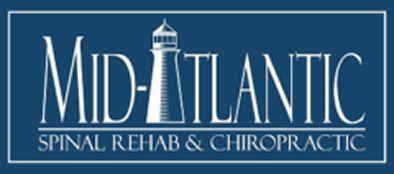American College of Physicians Issues Guideline for Treating Nonradicular Low Back Pain
As my avid blog followers are already aware I am a Baltimore Chiropractor that spends the majority of my clinic time treating Baltimore area residents with chiropractic care for headaches, neck pain, and back pain. If you read my last blog entry you’ll remember that we recently just opened our second clinic in Northwest Baltimore, on Park Heights Avenue. We are now offering the same great service that you’ve come to know and trust to the communities in northwest Baltimore, including Baltimore City, Pikesville, Mount Washington and Owings Mills.
Even though my time is spread thin with more attention being placed on the new northwest Baltimore clinic, I still take time to read about chiropractic and back pain in the news in order to share any pertinent information with my fans.
I recently came across a recommendation from the American College of Physician’s with regards to treatment of nonradicular low back pain. You can see their position on the matter by clicking this link here. Anecdotally, I suspect that about 50 percent of the patients that present to my two Baltimore chiropractic clinics are patients who present with nonradicular low back pain. To be nonradicular means that the back pain is local and does not involve nerve root irritation. To say it another way, this means that patients feel their lower back pain ONLY in their lower back and they do not have any associated numbness, tingling, or weakness down into their grown, thighs, buttocks, lower legs, or feet. Given how often my Chiropractic associates and I come across this physical presentation I wanted to know what the American College of Physician’s thought would be “best practice” to help reduce or eliminate back pain.
Their official policy was that patients with acute (less than 4 weeks duration) or subacute low back pain (4 to 12 weeks duration) should treat their conditions with “superficial heat, massage, acupuncture, or spinal manipulation.” While they do not come right out and recommend chiropractic care, they do state “physicians should remind their patients that any of the recommended physical therapies should be administered by providers with appropriate training.” Chiropractors are exactly the types of professionals that are trained in administering these remedies appropriately for low back pain patients.
For patients that have chronic lower back pain (greater than 12 weeks duration) or who have had inadequate response to non-drug therapy, patients should first consider NSAIDs as a first line of medicine to combat the pain, followed by tramadol. They then go on to state that “physicians should only consider opioids as an option in patients who have failed the aforementioned treatments and only if the potential benefits outweigh the risks for individual patients and after a discussion of known risks and realistic benefits with patients.”
For our patients and our providers this is wonderful news that the American College of Physicians guideline for treating low back pain is in line with what the majority of chiropractors across the country already knew and already perform. I suspect that this news will help to open the eyes of more physicians across Baltimore and the rest of the country to the benefits of chiropractic care for acute back pain episodes.
If you, or someone you know, has acute or subacute low back pain and you’ve been curious about trying chiropractic care for low back pain, please contact Mid-Atlantic Spinal Rehab & Chiropractic at (443) 842-5500. We would be happy to help!
Dr. Gulitz
